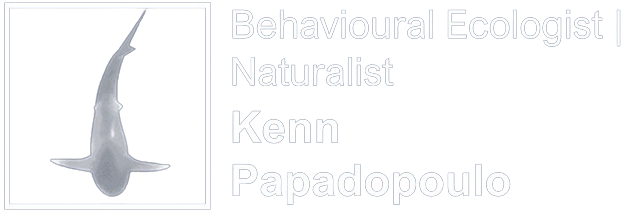News

-- Jul 25, 2023
New paper! The drivers of the spatial behaviour of the thornback skate.
Fish movements are fundamental to their ecology and survival. Understanding the causes and consequences of the spatial behaviour of fish is of high relevance as it provides critical knowledge for conservation purposes. Skate (Rajidae) populations face an unprecedented global decline due to overfishing. In this study, we used acoustic telemetry to track the movements of nine individuals of the near threatened thornback skate (Raja clavata) around the Cíes Islands, a small marine protected area in the northwest of the Iberian Peninsula. Our results demonstrate the significant impacts of biotic and abiotic drivers on the spatial behaviour of R. clavata. Overall residency inside the study array was low (0.073), differed between sexes (higher for females) and over the course of the year (peaking in summer). The analysis of the direction of the excursions performed by R. clavata individuals revealed high consistency in the exit and entry areas and a strong connectivity with inshore waters connecting with the Ría de Vigo, as compared with offshore waters connecting with the open ocean. Finally, the activity space of R. clavata also varied over the time of the year with a peak in summer. This study provides an important baseline information for understanding the spatial behaviour of R. clavata that can serve as a starting point for planning future conservation actions or studies.

Published in Aquatic Living Resources.
We used acoustic telemetry to investigate the drivers of the spatial behaviour of the thornback skate, Raja clavata, in relation to the National Park Illas Atlánticas of Galicia.
This paper is one of the first scientific outputs of the CONECTEE project.




